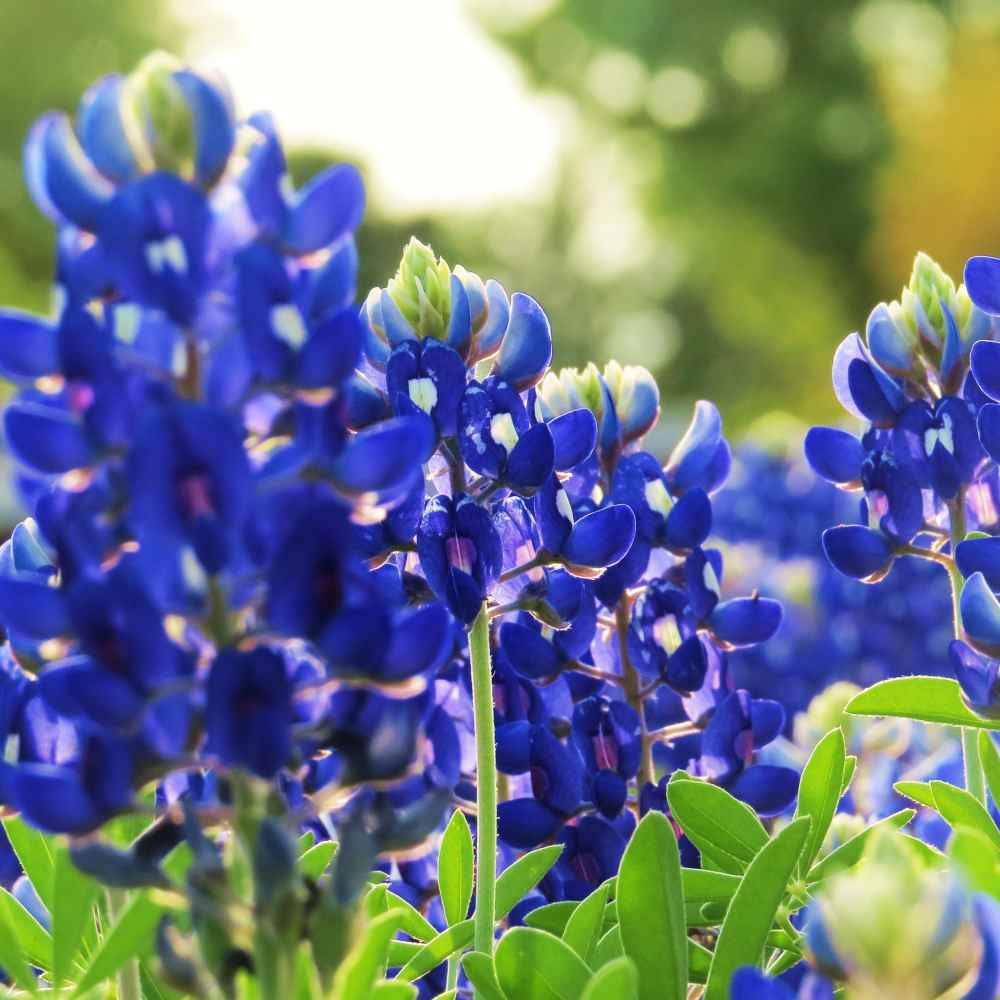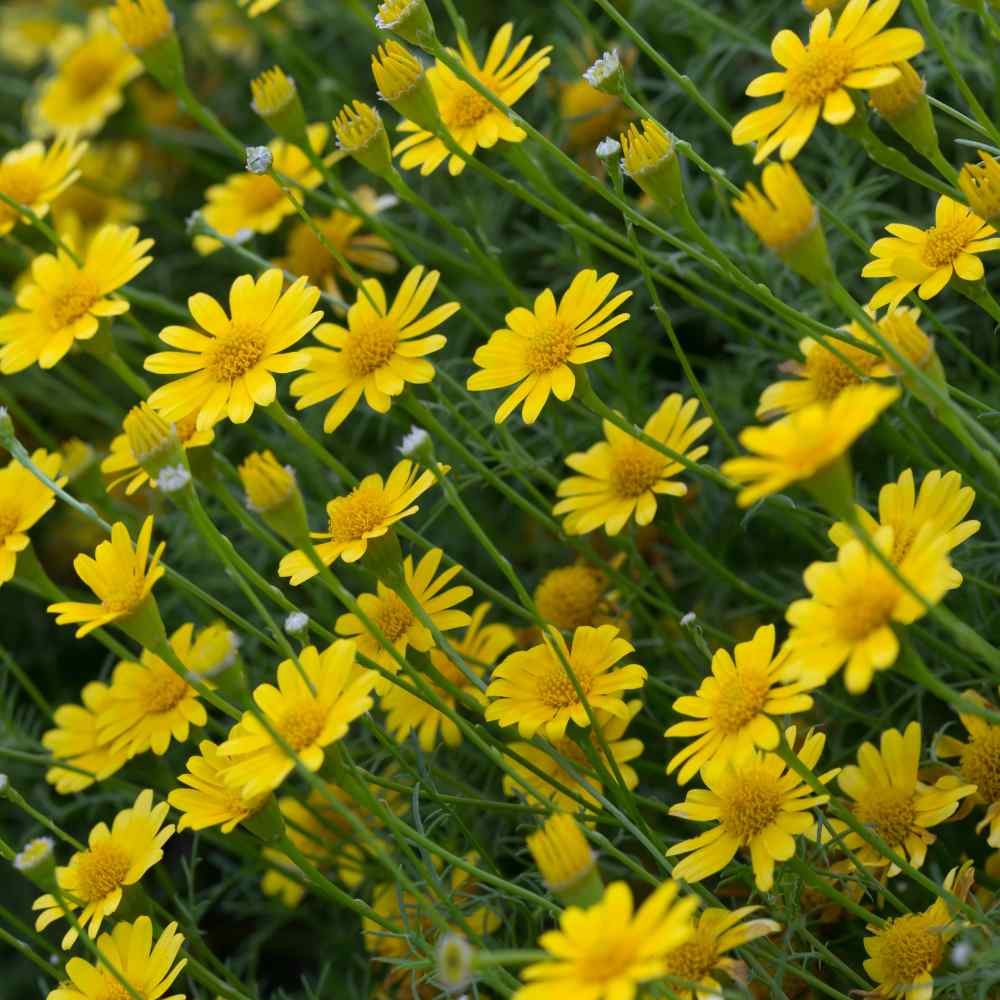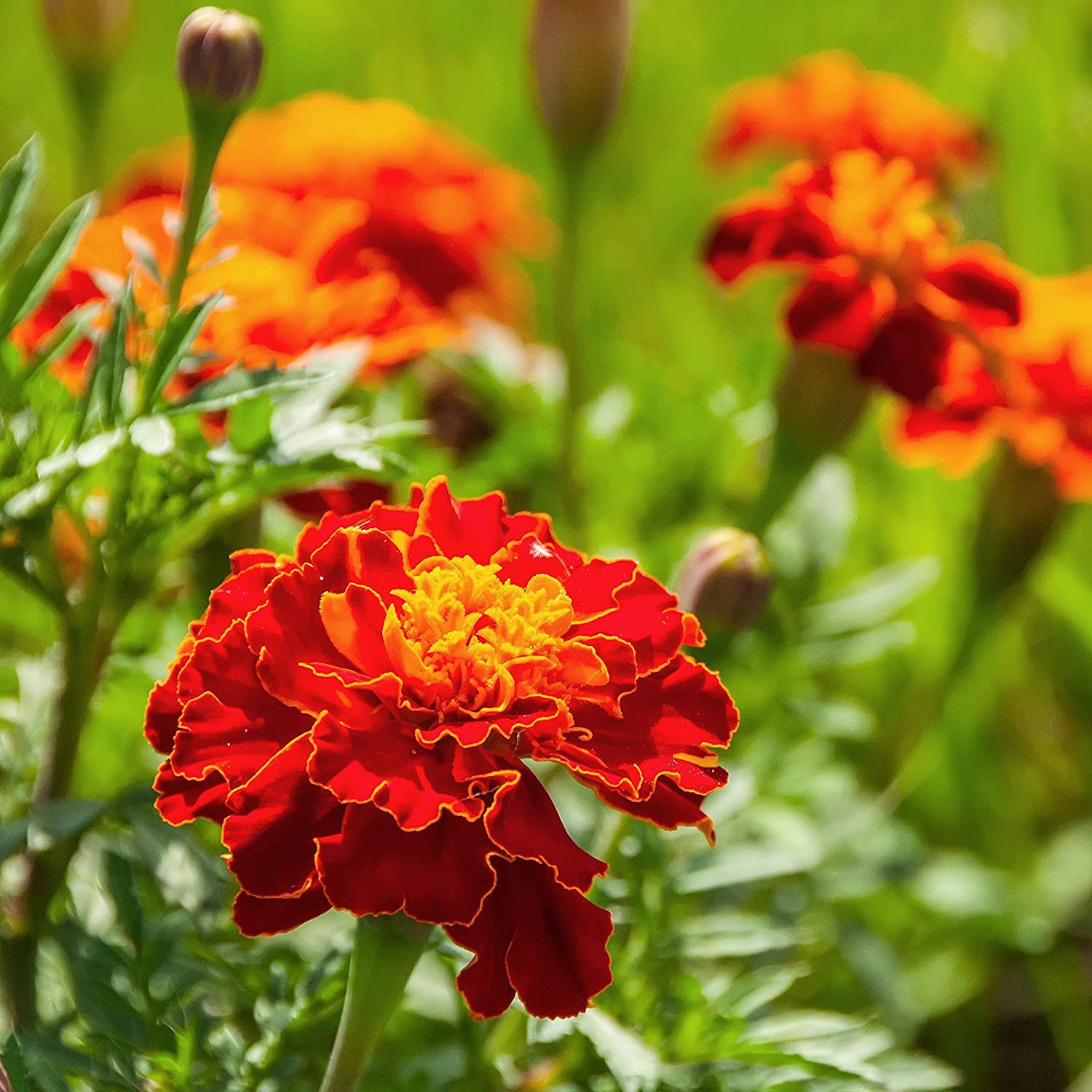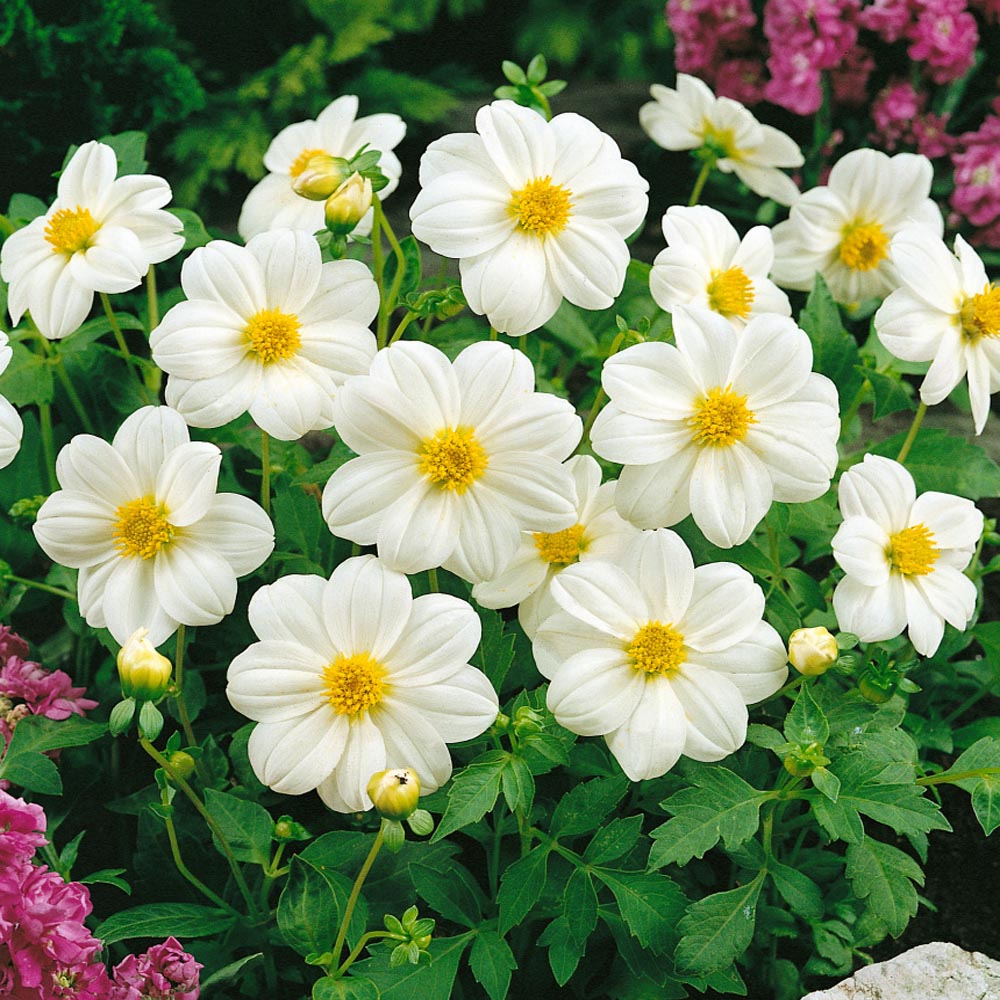
Texas Bluebonnet Planting Guide
Quick Facts About Texas Bluebonnet
Texas Bluebonnet is one of the most well known wildflowers. It gives a wonderful color display of lovely blue flowers. Adopted as the State Flower of Texas in 1901, it is most often seen in beautiful floral displays along road sides, in woodlands, and in pastures all over the state.
Planting Time
Start directly outdoors in the fall through early winter. For best results do not plant later than mid-November.

Planting Location
Plant in full sun in sandy, well-drained soil.
How to Plant Texas Bluebonnet
- Presoak seeds overnight before planting 22 ounces per 1,000 square feet or 60 pounds per acre.
- Space plants 6 - 18 inches apart in garden.

Care And Maintenance
- Keep weeds under control during the growing season. Weeds compete with plants for water, space and nutrients, so control them by either cultivating often or use a mulch to prevent their seeds from germinating.
- Mulches play a vital role in preserving soil moisture and ensuring consistent soil temperatures. When it comes to annuals, using organic mulch made from shredded leaves not only enhances the appearance of the bed but also enriches the soil as it decomposes over time. Remember to keep mulch away from the plant stems to avoid potential rot issues.
- Water lightly, making sure to space the waterings. Texan Bluebonnet prefers some moisture to grow, but it dislikes saturated soil. If rainfall is low in the fall/winter, occasional watering may be needed.
- Deadhead the side bloom to promote further growth on the main flower stalk. This works well when the plant is grown in a small raised bed or container, but is not necessary if grown in a meadow or field.




































